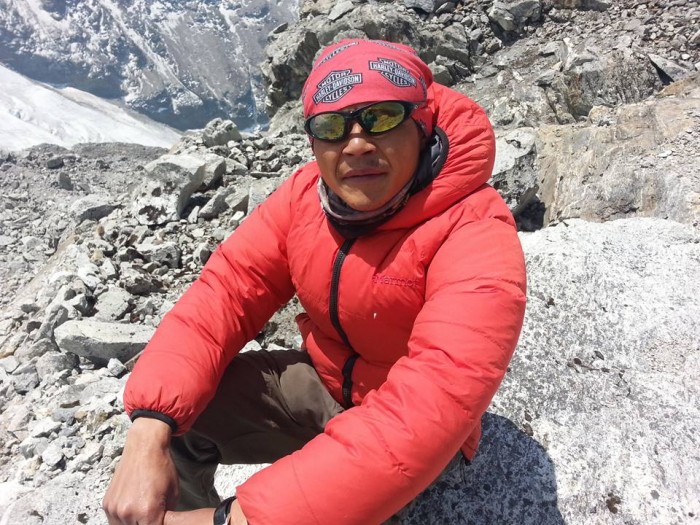Why is Bhaktapur Durbar Square famous in world ????
55 window palace
The Palace of Fifty-five Windows (Pachpanna Jhyale Durbar) was built during the reign of the Malla King Bhupatindra Malla who ruled from 1696 to 1722 AD and was not complete until 1754 AD during the reign of his son Ranjit Malla.
Vatsala Temple
Vatsala Temple was a stone temple dedicated to goddess Vatsala Devi that included many carvings. It was most famous for its silver bell, known to local residents as 'the bell of barking dogs' as when it was rung, dogs in the vicinity barked and howled. The colossal bell was hung by King Ranjit Malla in 1737 AD and was used to sound the daily curfew. It was rung every morning when the goddess Taleju was worshiped. Despite the Temple being completely demolished by the 2015 Gorkha earthquake, the bell remains intact.
Statue of Bhupatindra Malla
The Statue of King Bhupatindra Malla in the act of worship can be seen on a column facing the palace. Of the square's many statues, this is considered to be the most magnificent.
Nyatapola Temple
Nyatapola in Newari language means five stories - the symbolic of five basic elements. This is the biggest and highest pagoda of Nepal ever built with such architectural perfection and artistic beauty. The temple's foundation is said to be made wider than its base. The temple is open for the public once a year - during Dashain. The goddess who owes the temple is Goddess Siddhi Laxmi. And as bodyguards, those statues are built, which we can see in five layers of the base of the temple. It is said that it took three generations to complete that temple. The temple is famously known as Pancha tale Mandira.
Bhairava Nath Temple
The Bhairab Nath Temple is dedicated to Bhairava, the fiercest manifestation of Lord Shiva.
The world-famous Golden gate of Bhaktapur Durbar square
The Golden Gate is said to be the most beautiful and richly molded specimen of its kind in the entire world. The door is surmounted by a figure of the Hindu goddess Kali and Garuda (mythical griffin) and attended by two heavenly nymphs. It is embellished with monsters and other Hindu mythical creatures of marvelous intricacy. Percy Brown, an eminent English art critic, and historian described the Golden Gate as "the most lovely piece of art in the whole Kingdom; it is placed like a jewel, flashing innumerable facets in the handsome setting of its surroundings." The gate was erected by King Ranjit Malla and is the entrance to the main courtyard of the palace of fifty-five windows.
Lions Gate Bhaktapur Durbar square
The magnificent and beautiful gate was built by artisans whose hands were said to have been severed upon completion by the envious Bhadgoun king so that no more of such masterpieces could be reproduced.
Mini Pashupati Temple Bhaktapur Durbar square
The holy god Shiva temple, the mini Pashupati, is believed to be built right in front of the palace after a Bhadgoan king dreamed of it.
Erotic elephant's temple
On the left just before the entrance way to the square is a hit (water tank). A few steps before that but on the other side of the road, just 100m before the entranceway, is a tiny double-roofed Shiva-Parvati Temple with some erotic carvings on its struts. One of these shows a pair of copulating elephants, in the missionary position: Kamasutra.
17thcentury Ugrachandi image
Near the main gate at the west end, one can admire a pair of multiple-armed statues of the terrible god Ugrabhairab and his counterpart Ugrachandi, the fearsome manifestation of Shiva’s consort Parvati. The statues date back to 1701 A.D. and it is said that the unfortunate sculptor had his hands cut off afterward, to prevent him from duplicating his masterpieces. Ugrachandi has eighteen arms holding weapons, and she is in the position of casually killing a (Buffalo) demon. Bhairab has twelve arms and both god and goddess are garlanded with necklaces of human heads.
Rameshwar Temple
The first temple one notices on the right of the gate is Rameshwar, in front of Gopi Nath Temple which is a Gum Baja style. It is an open shrine with four pillars and it is dedicated to Shiva. The name Rameshwar comes from that it was Ram as an incarnation of Vishnu who had the original temple of Mahadev built at Rameshwar Temple in South India.
Badrinath Temple
A small temple west of the Gopi Nath Temple locally known as Badri Narayan is dedicated to Vishnu and Narayan.
Gopi Nath Temple
Two roofed pagoda style is the Gopi Nath Temple, attached to Rameshwar Temple that houses the three deities Balaram, Subhadra and Krishna. It is difficult to see the deities as the door remains mostly closed. The temple is also known as Jagannath, which is another form taken by Vishnu. Dwarka, also known as the Krishna Temple, houses three deities, left to right: Satyabhama, Krishna, and Radha. Their images are carved in stone. In the month of Mangsir (November/December), the deities are placed in a palanquin and taken around the city.
Kedarnath Temple
The terracotta made Shikara style temple is the Kedarnath (Shiva), Temple.
Hanuman Statue
The entrance to the National Art Gallery is flanked by the figure of Hanuman, the monkey god, who appears in Tantric form as the four-armed Hanuman Bhairab. Hanuman is worshiped for strength and the devotion.
Vatsala Devi Temple
Directly in front of the palace and beside the king’s statue and next to the Taleju Bell is the Vatsala Devi Temple. This Shikhara style temple is completely constructed in sandstone and is built upon a three-stage plinth, and has similarities to the Krishna temple of Patan. It is dedicated to Vatsala Devi, a form of the goddess Durga. The temple was originally built by King Jitamitra Malla in 1696 A.D. The structure that can be seen today, however, is reconstructed by King Bhupatindra Malla and dates back to the late 17th or early 18th century. Behind the temple is a water source called Dhunge Dhara and next to it stands the Chrysler Mandap.

 Plan Your Trip Now
Plan Your Trip Now 


